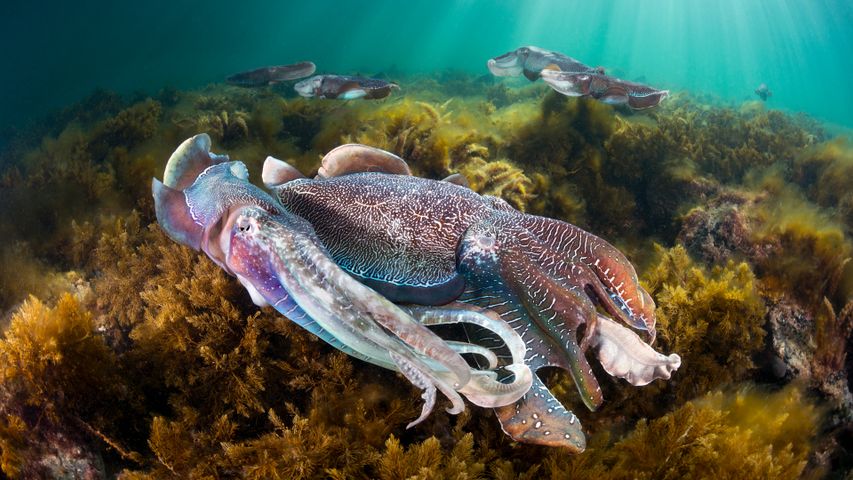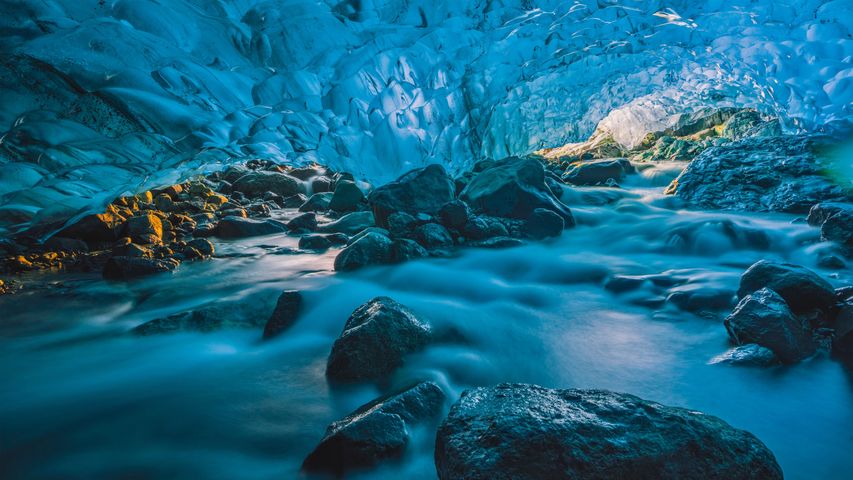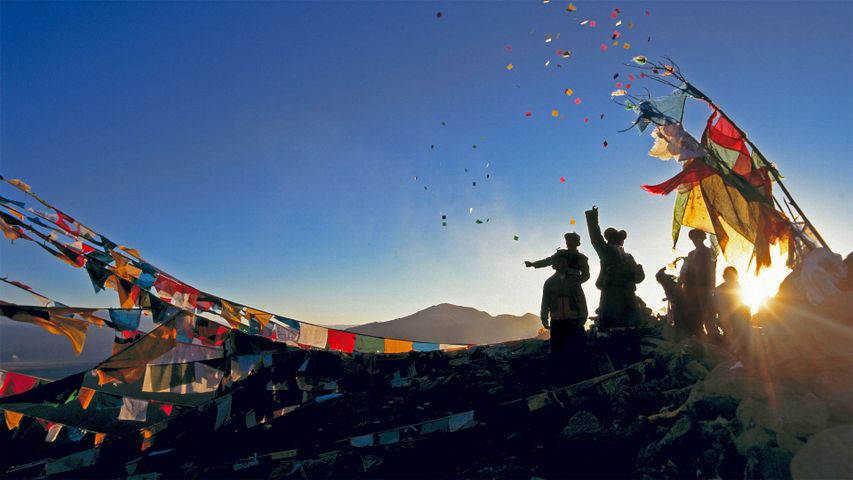Le Morne Brabant, Mauritius
© Hemis/Alam
Getting to the bottom of the underwater waterfall
From this vantage point high over the Indian Ocean, we have a spectacular view of the 'underwater waterfall' formed off the coast of Mauritius. Not a true waterfall, this is an optical illusion—it's really the trails of sand and silt deposits on the seafloor being washed by currents over the edge of an ocean shelf. But we're probably not alone in thinking at first glance that the ocean is pouring into some massive unseen drainpipe.
Our viewpoint also offers a clear look at the huge basalt monolith in the distance towering over the peninsula called Le Morne Brabant. Originally uninhabited by humans, the island of Mauritius had become an important stopover in the slave trade by the 18th century. Some slaves managed to escape while on the island and made their way to the many caves and overhangs on the steep slopes of Le Morne. There, these 'maroons' hid from slave traders and eventually formed enough settlements that Mauritius became popularly known as the Maroon Republic, and Le Morne a symbol of the slaves' resistance, suffering, and sacrifice.
Related Images
Bing Today Images


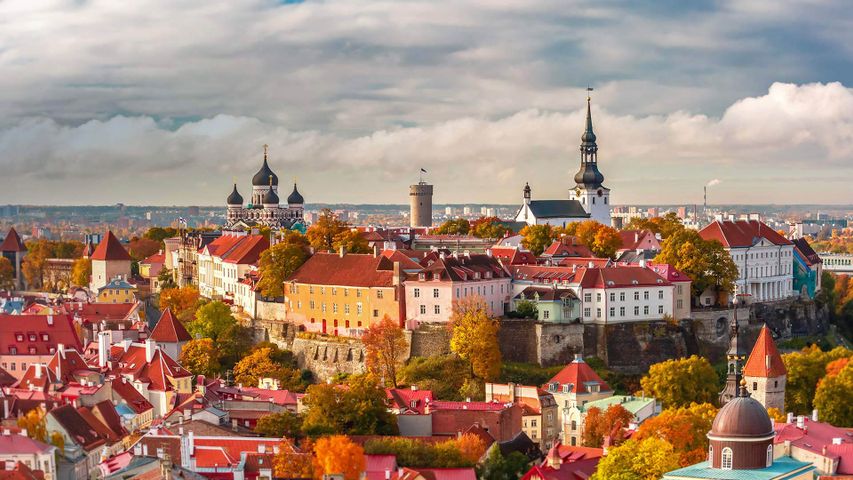
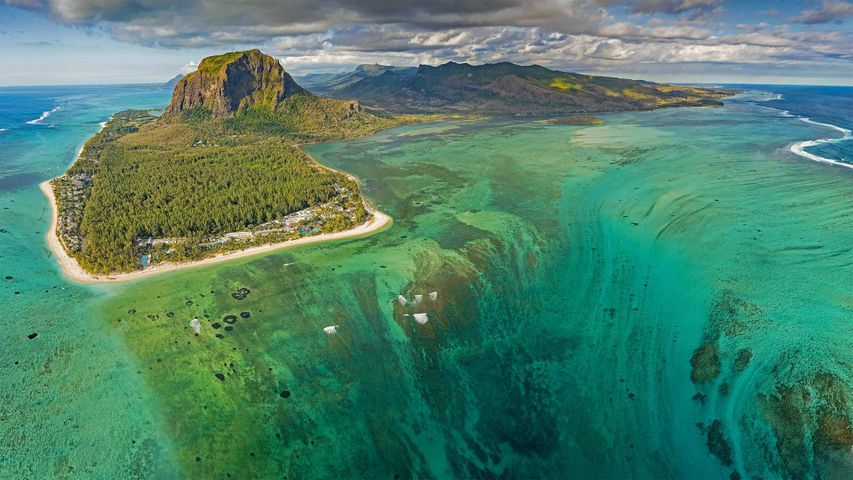
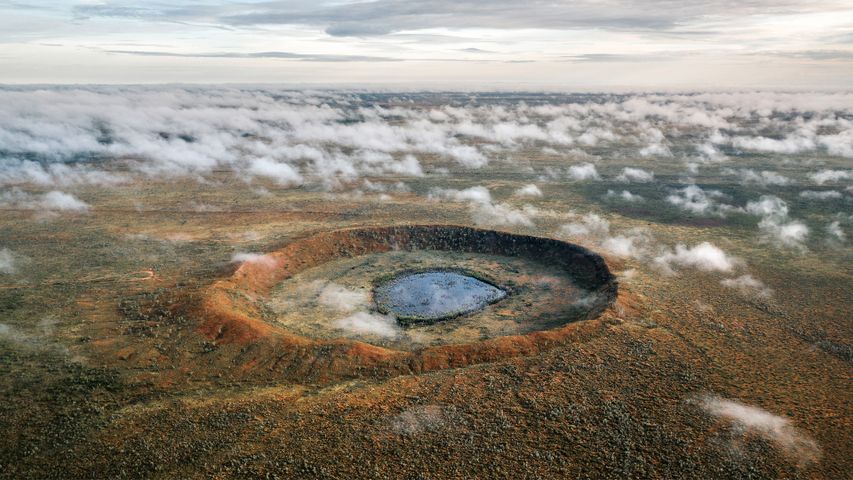 Wolfe Creek Crater, Australia
Wolfe Creek Crater, Australia
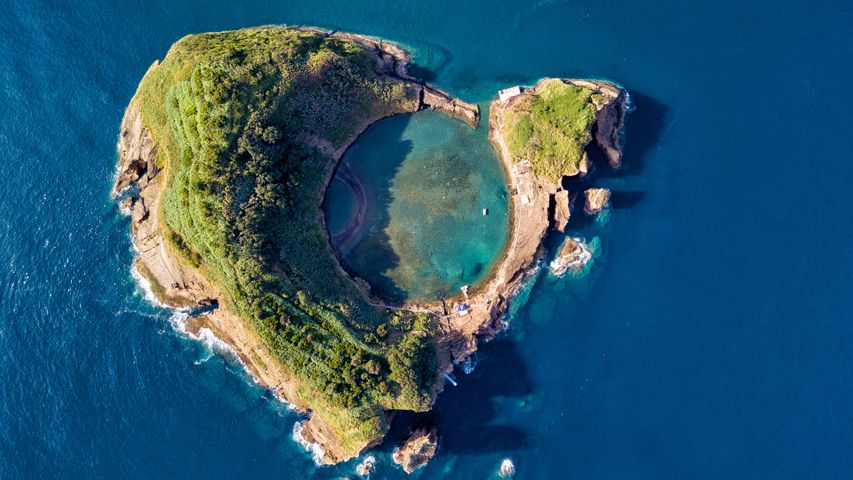 Vila Franca Islet, São Miguel Island, Azores, Portugal
Vila Franca Islet, São Miguel Island, Azores, Portugal
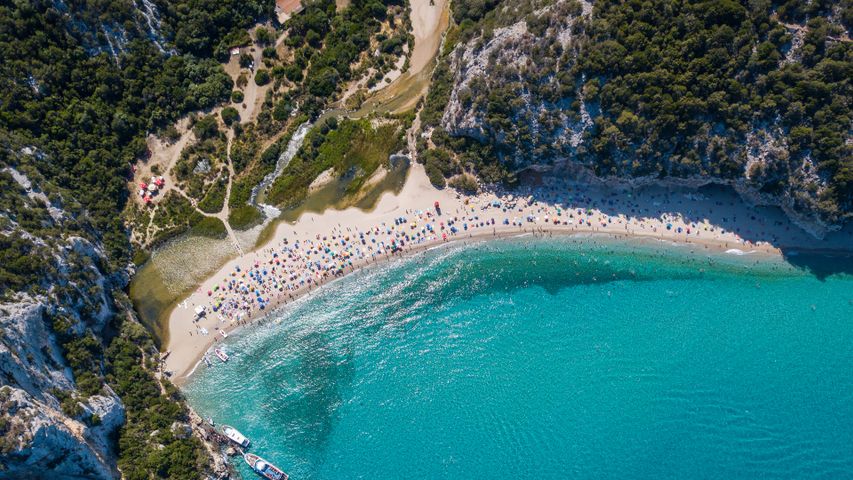 The beach at Cala Luna, Sardinia, Italy
The beach at Cala Luna, Sardinia, Italy
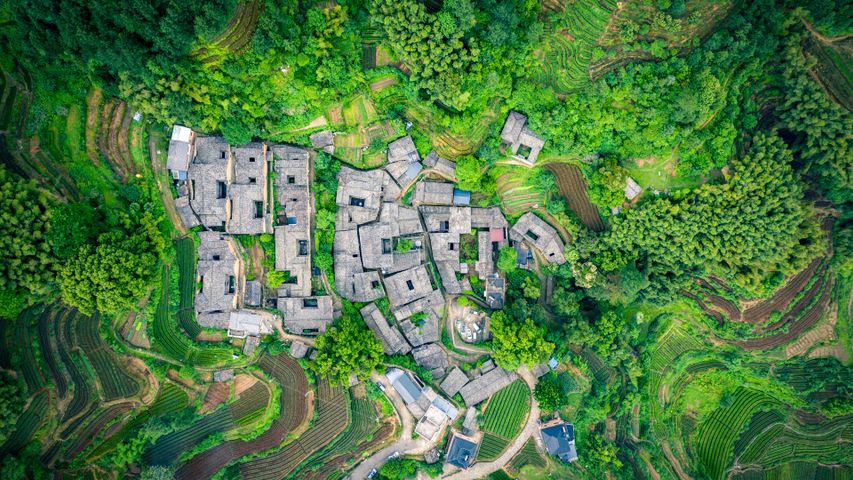 Tea garden at Yangjiatang Village, Songyang County, China
Tea garden at Yangjiatang Village, Songyang County, China
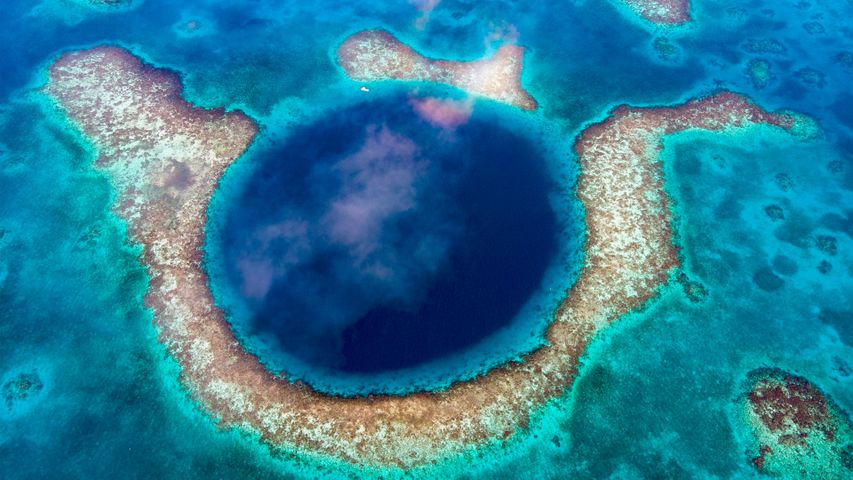 Great Blue Hole, Belize
Great Blue Hole, Belize
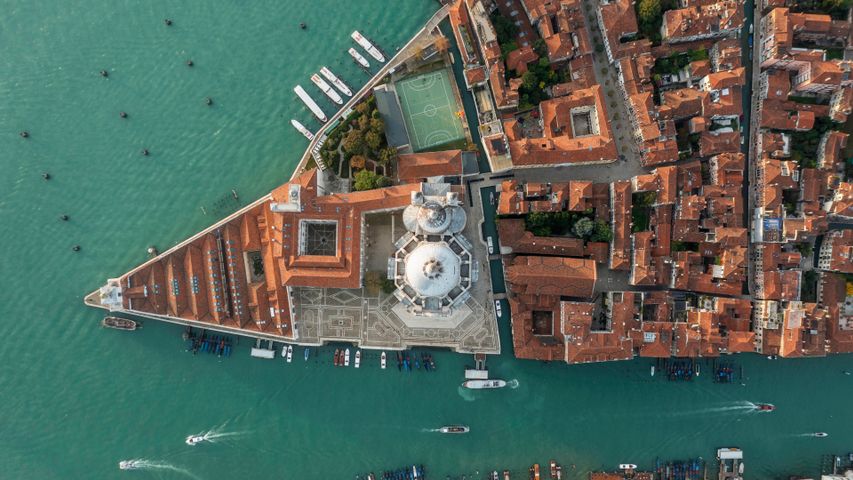 Aerial view of the Grand Canal and the Basilica di Santa Maria della Salute, Venice, Italy
Aerial view of the Grand Canal and the Basilica di Santa Maria della Salute, Venice, Italy
 Aerial view of an intersection in Dhaka, Bangladesh
Aerial view of an intersection in Dhaka, Bangladesh
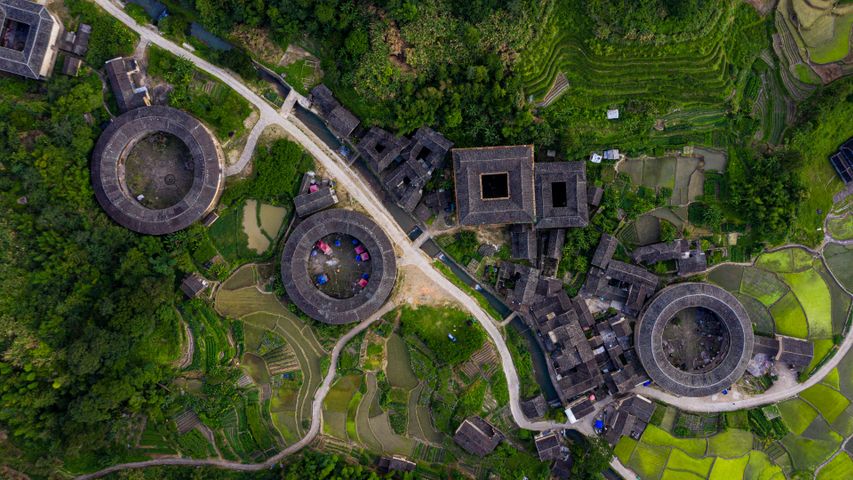 Fujian Tulou complex of historical and cultural heritage buildings in Fujian province, China
Fujian Tulou complex of historical and cultural heritage buildings in Fujian province, China
